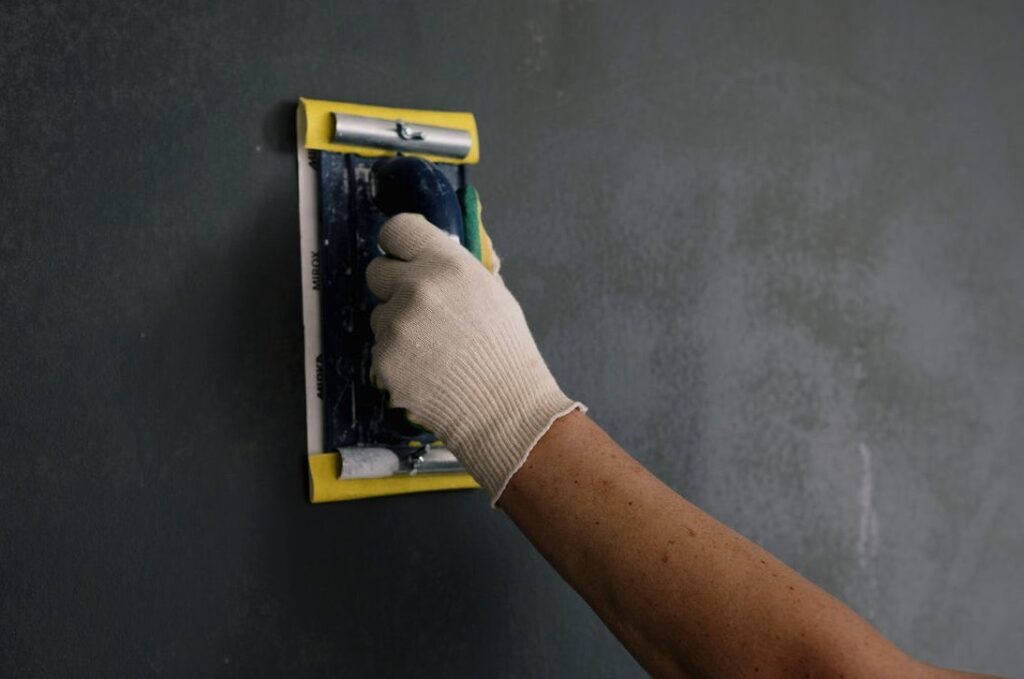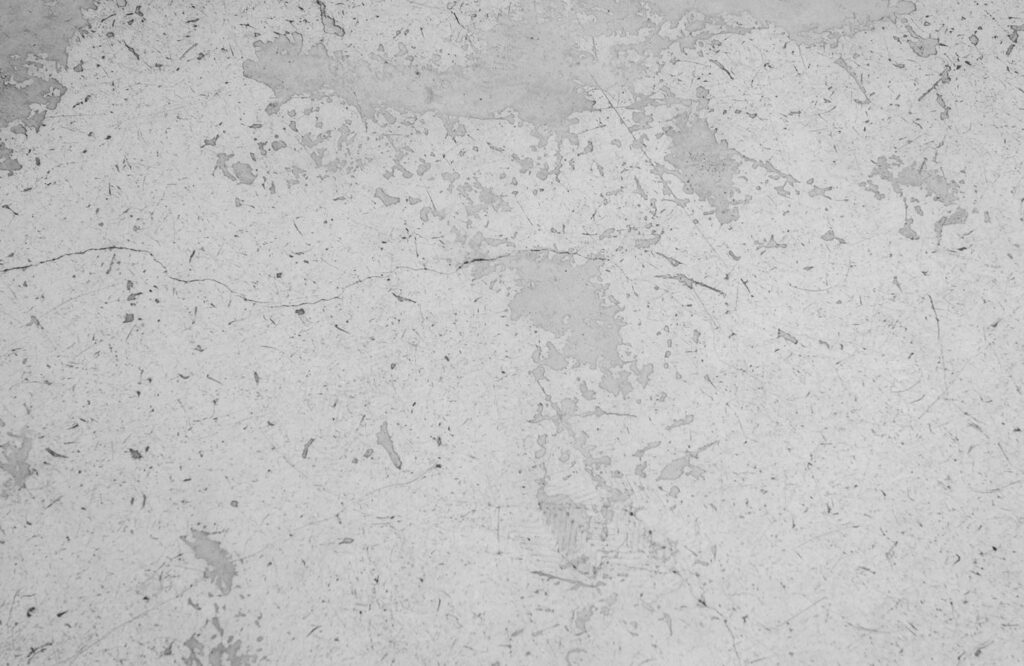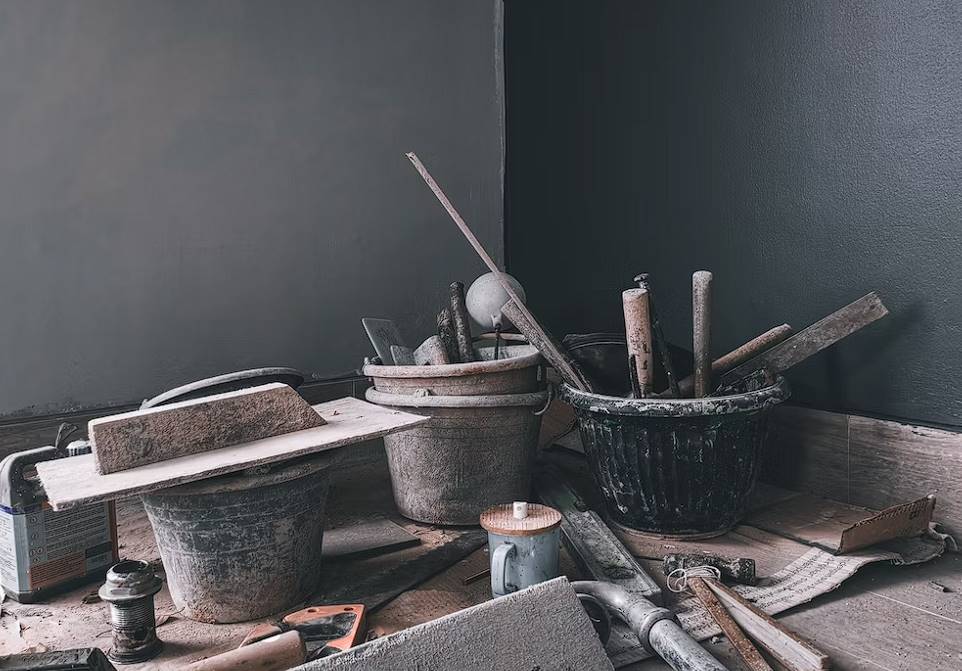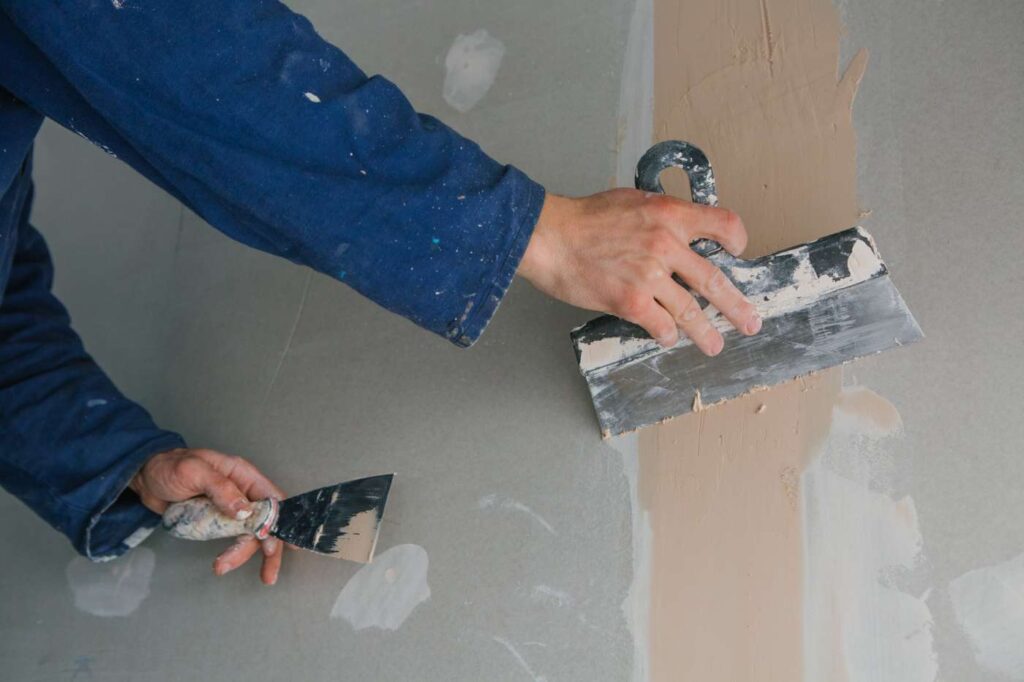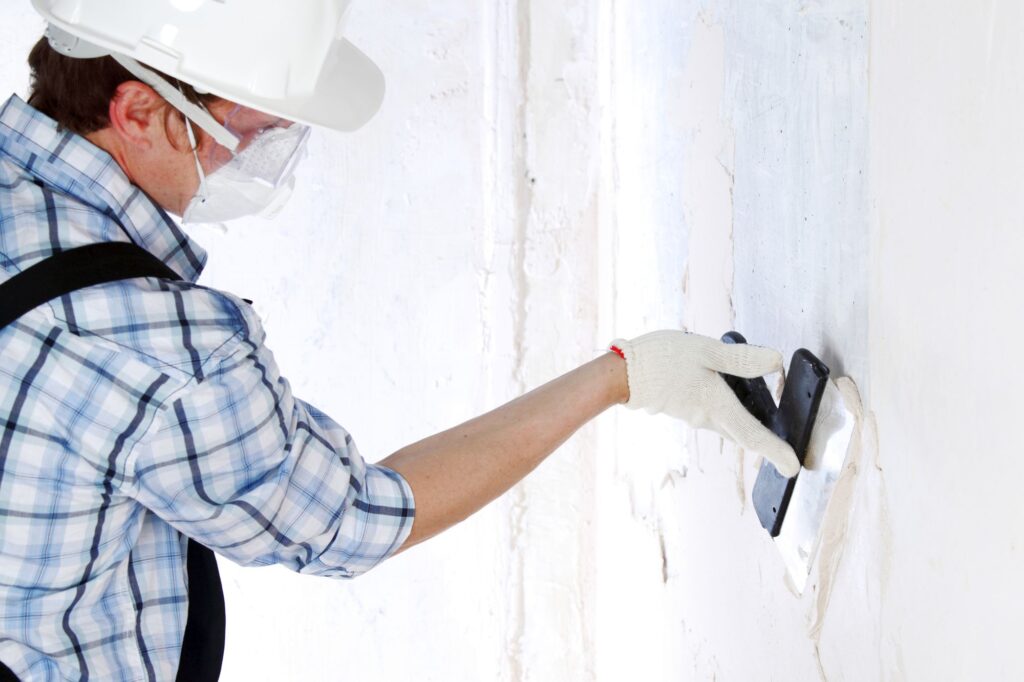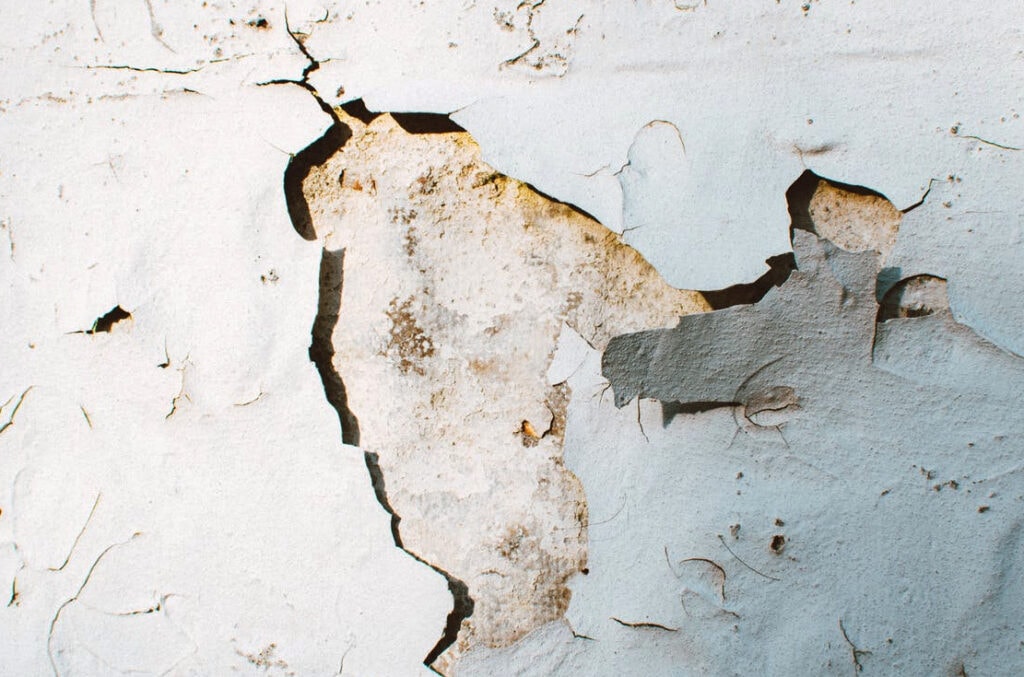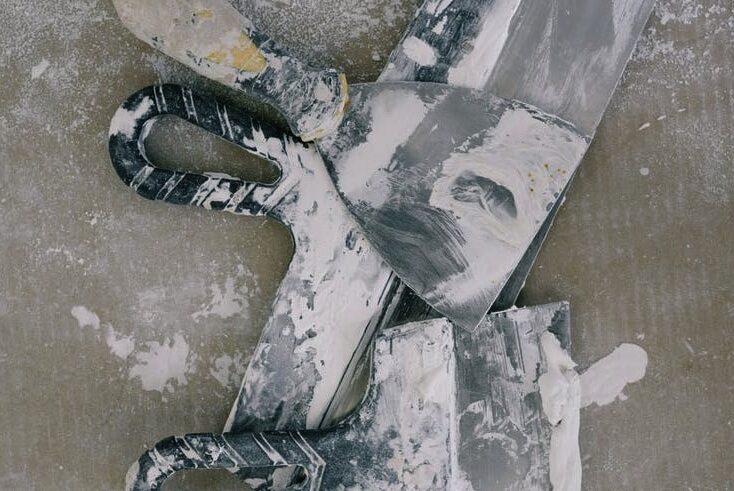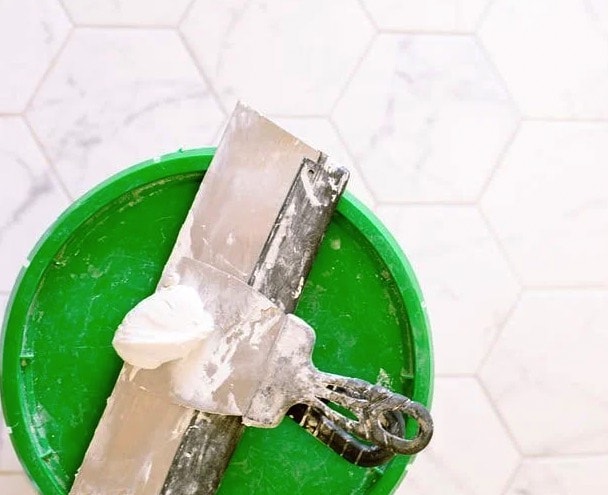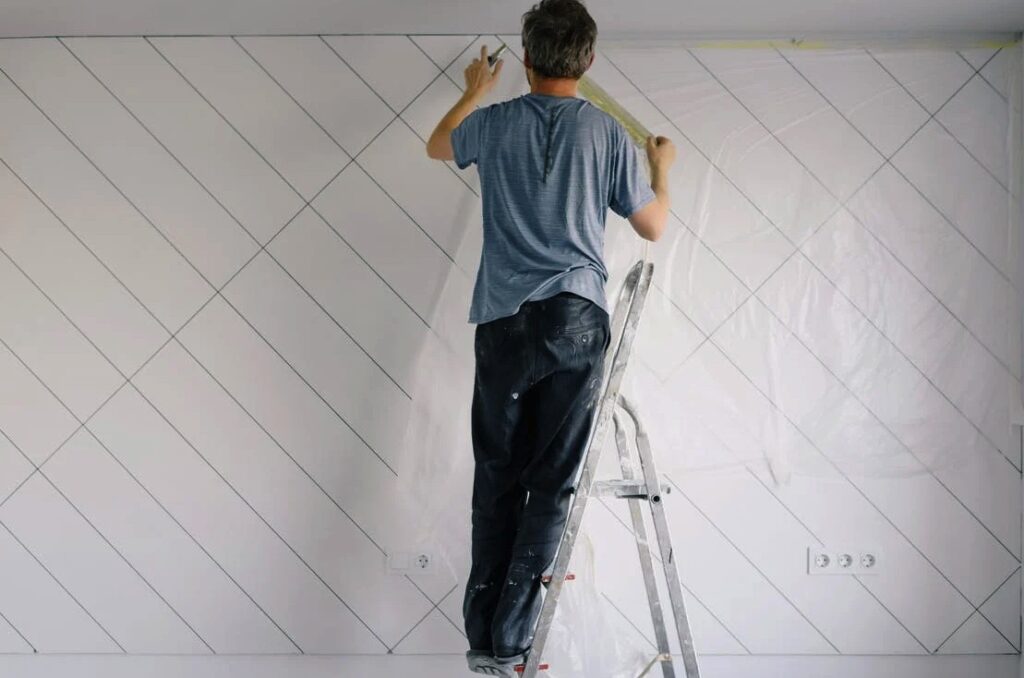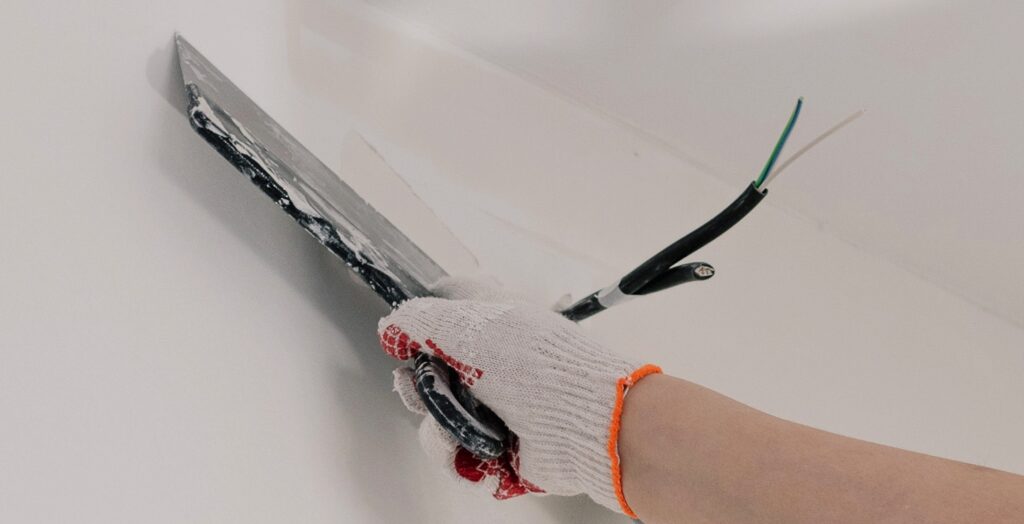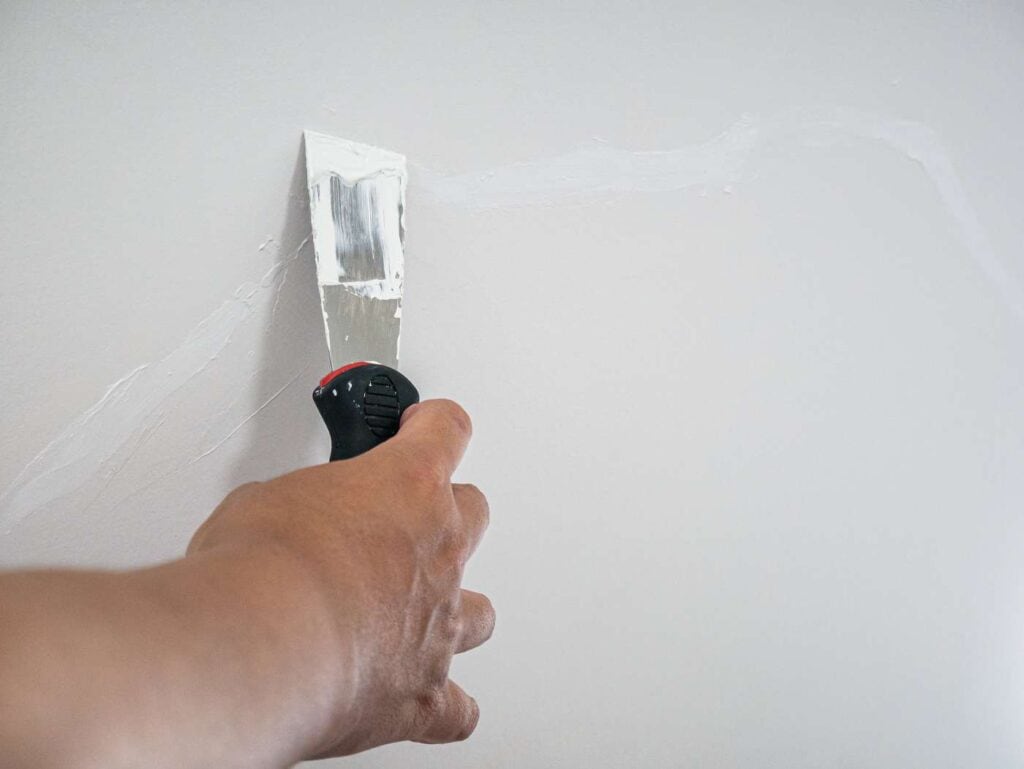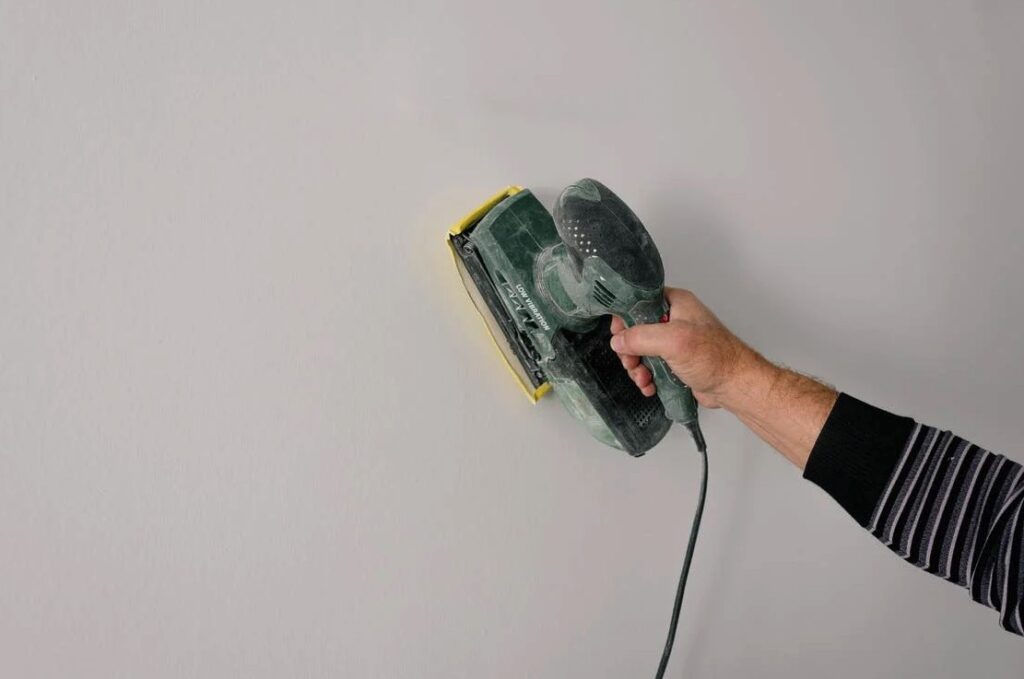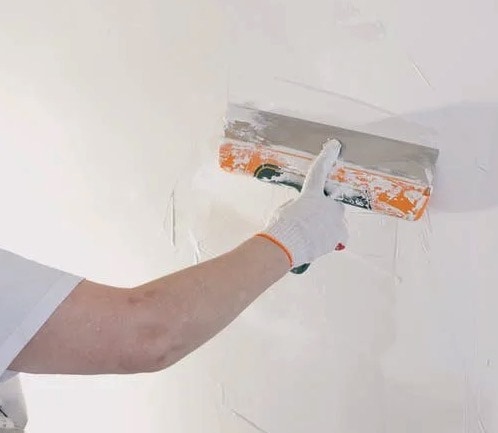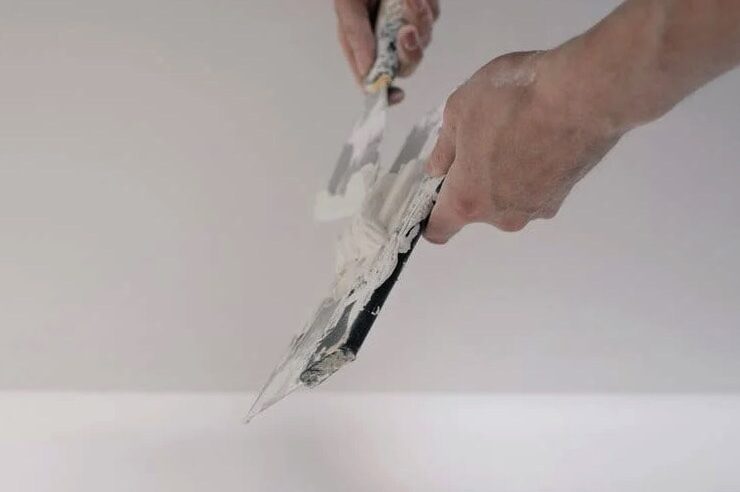FAQs About Plastering
Yes, plaster can be used on exterior surfaces, but it's important to use a suitable type of plaster designed for outdoor use, such as cement-based plaster.
To repair damaged plaster, first remove any loose or damaged areas, then apply a bonding agent before filling in the damaged areas with fresh plaster or patching compound.
Yes, it is possible to plaster over existing plaster, but it's important to ensure that the surface is clean, dry, and free from any loose or flaking plaster.
While plaster can be used in wet areas, it's important to apply a waterproofing membrane or use a moisture-resistant plasterboard to prevent moisture damage.
To maintain plastered surfaces, regularly inspect for cracks or damage, repair any issues promptly, and clean the surface with a mild detergent and water solution as needed.
Popular Trends in Residential Plaster
If you're considering a plastering makeover for your home, you might be curious about current trends. Improving the appearance of your home can be as simple as plastering. Plus, a plethora of new styles have emerged.
Some of the most popular patterns in home plastering are as follows:
Matte Finishes
Glossy finishes were the norm for home plastering in bygone days. Matte finishes are all the rage now. Their presence instantly transforms a bedroom or living space.
They may be tailored to fit any room with their elegant style. A matte finish, for instance, can make a bathroom or kitchen seem more contemporary and sleek. Additionally, contrasted with glossy surfaces, matte ones are easier to work with.
That is why they are wonderful for flawed rooms. Plus, they require less effort to clean and keep in good condition. Therefore, matte finishes are a great choice for any DIY project around the house.
Textured Finishes
A room can look much more three-dimensional with the help of textured finishes. A wide variety of textures are at your disposal. Exactly what you're looking for.
Among the most common options are stucco, brick, stone, and wood grain. You can change the look of a space just by changing the texture of these materials. Not only that, but textured surfaces are great for hiding flaws in flooring and walls.
For instance, minor flaws like holes and cracks can be concealed with a textured stucco finish.
Natural Colours
Plastering provides a chance to play around with different colours. Additionally, earth tones are currently in vogue. Imagine a palette of natural hues, such as green, brown, and cream.
- Plastering with a cream is a flexible choice for home projects.
- The use of brown may elevate the style of any space.
- When going for an organic vibe, green is the way to go.
Regardless of the shade you pick, it should go well with your home's decor.
Faux Finishes
Plastering a home with a faux finish allows you to imitate the look of almost any material. Various materials can be used to create its appearance, including wood, stone, and metal. When you want to make your house seem more luxurious, this finish is the way to go.
Plaster is applied in multiple layers, each with a distinct colour or texture, to create a faux finish. A faithful replica of the target substance is the result. Any surface, including ceilings, walls, floors, and even furniture, can benefit from a faux finish.
Think about getting a fake finish if you want to give your house a little more personality.
Geometric Patterns
Plastering with geometric designs is booming in the home improvement industry for several reasons.
- Make a space seem more interesting without being overpowering
- Quite simple to make using plaster
- It can be adjusted to suit any room
Plaster may be moulded into many different forms and textures. Thus, they are perfect for making patterns because of this. Plaster is also a great option for heavily used areas because it is long-lasting and requires little maintenance.
Conclusion
Plastering is a technique that involves adding polymeric mortar to rough surfaces like ceilings and walls to create a level, smooth, and clean surface. Common reasons for plastering include shielding surfaces from damaging weather conditions, enhancing visual appeal, and concealing flawed construction. Common plaster types include cement wallboard, lime plaster, and mud plaster.
Cement plaster is the most popular type, made with cement, sand, and water. It is used in both the interior and exterior walls of a structure. Lime plaster is made by mixing lime, sand, and water, with hydraulic lime added for strength. Mud plaster is the most affordable type, used in rural and short-term building projects.
Special types of plaster include waterproof plaster, stucco plaster, gypsum plaster, Keen's cement, Martin's cement, paver cement, sirapite, scagliola, and acoustic plaster. Waterproof plaster prevents water from penetrating masonry walls, while stucco plaster provides high-quality finishes. Gypsum plaster is used for interior walls, mouldings, and ceiling cornices and offers thermal insulation and fireproofing.
Keen's cement is the toughest and densest available, with an extremely fine, glass-like sheen. Martin's cement is similar to gypsum but has a hard and white surface. Paver cement is used for decorative purposes and is a substitute for keen's cement. Scagliola imparts a marble-like sheen and is used for plasters, panels, and more. Acoustic plaster is the final coat, with tiny pores left on the surface to act as sound absorbers.
Plastering is a popular home improvement method that can be used to enhance the appearance of any room. It can be used in various ways, such as using barium plaster, asbestos-marble plaster, snow-crete and color-create cement, or a combination of these materials. To create a successful plastering job, it is essential to prepare and manage the suction before starting, apply two coats, keep the surface flat, focus on corners, use a trowel for cutting back, and make the plaster thinner.
Popular trends in residential plastering include matte finishes, textured finishes, natural colours, faux finishes, and geometric patterns. Matte finishes are elegant and easy to work with, making them ideal for modern spaces and those with imperfections. Textured finishes, such as stucco, brick, stone, and wood grain, can make a room look more three-dimensional and hide flaws in flooring and walls. Natural colours, such as green, brown, and cream, can also be used to create a unique aesthetic.
Faux finishes, such as wood, stone, and metal, can imitate the look of almost any material, making your house appear more luxurious. Plaster is applied in multiple layers, each with a distinct colour or texture, creating a faithful replica of the target substance. Geometric patterns are another popular choice for adding interest without being overpowering.
In conclusion, plastering is a versatile and cost-effective way to improve the appearance of your home. With the right techniques and tips, you can create a beautiful and functional space that will last for years to come.
Content Summary
- Plastering involves adding polymeric mortar to rough surfaces for a smooth finish.
- Rendering is the process of plastering an exposed surface to the outside.
- Plastering shields surfaces from damaging weather conditions.
- It enhances visual appeal and provides decorative effects.
- It conceals shoddy or flawed construction.
- Common plaster types include cement wallboard, plaster of lime, and mud filler.
- Cement plaster is the most popular type, made with cement, sand, and water.
- Optimal cement and sand proportions are 1:3 and 1:4.
- Plastering is done on both interior and exterior surfaces.
- Proper curing with water for at least seven days is crucial for cement plaster.
- Lime plaster is made with lime, sand, and water.
- Mud plaster is the most affordable and used in rural projects.
- Waterproof plaster prevents water penetration using cement, sand, and alum.
- Stucco plaster provides a high-quality decorative finish in three coats.
- Gypsum plaster is quick-drying and suitable for interiors only.
- Keen's Cement is tough, dense, and primarily used for ornamental works.
- Martin's Cement sets rapidly, producing a hard, white surface.
- Parian Cement, made with borax and gypsum, is decorative.
- Sirapite, slaked gypsum in petroleum, is fire-resistant.
- Scagliola is a mix of glue, colour pigments, and Keen's Cement, imparting a marble-like sheen.
- Acoustic plaster with tiny pores serves as a sound absorber.
- Barium plaster, with barium sulphate, is used in X-ray rooms.
- Asbestos-marble plaster combines cement, asbestos, and marble for a marble-like sheen.
- Snow-crete and Color-create cement provides a patent finish on external walls.
- Controlling suction is crucial for preventing plaster evaporation.
- A sand-based backing coat with cement and sand has advantages for all-day use.
- Applying two coats ensures a firm wall surface.
- Filling gaps beforehand prevents peeling in the final layer.
- Keeping the first thin coating wet and flexible is essential for the second coat.
- A flat backing coat is necessary for a smooth topcoat finish.
- Corners should be at least 90 degrees before polishing and sanding.
- Cutting back with a trowel after curing ensures a smooth finish.
- Thinning the plaster slightly before application makes it easier to spread.
- Matte finishes are trendy, transforming spaces instantly.
- Textured finishes add a three-dimensional look and hide flaws.
- Natural colours, especially earth tones, are in vogue for plastering.
- Faux finishes mimic the appearance of various materials, adding luxury.
- Geometric patterns in plastering are booming for a simple and interesting look.
- Plaster can be moulded into various forms and textures for creating patterns.
- Plaster is durable and low-maintenance, making it suitable for heavily used areas.
- Plastering is an effective way to improve the appearance of a home.
- A wide range of styles and trends in plastering has emerged.
- Matte finishes are easier to work with and require less effort to clean.
- Textured finishes are great for hiding flaws in flooring and walls.
- Earth tones like green, brown, and cream are popular choices for plastering.
- Faux finishes allow the imitation of almost any material for a luxurious look.
- Geometric patterns in plastering are both interesting and adjustable.
- Plaster can be applied to ceilings, walls, floors, and even furniture.
- Faux finishes involve applying multiple layers with distinct colours or textures.
- Plastering is a versatile and long-lasting solution for home improvement.
